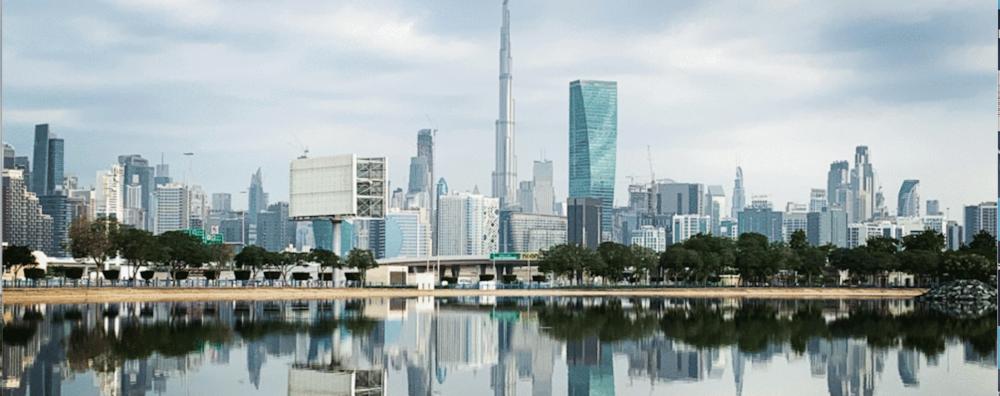I was quiet last week because the stars aligned and I had the opportunity to go to work with DH, to Bangkok. We were last there 23 years ago, as teenage sweethearts, so I jumped at the chance to take a trip down memory lane. This post is the next in my series of travel columns, published in a local magazine, and adapted for the blog.
Teeming with golden temples, palaces and colourful markets, Bangkok treats visitors to a kaleidoscope of sights, sounds and smiles. Set to become the world’s most visited city this year, beating London, Paris, Singapore and New York, the Thai capital is a huge, cosmopolitan hub, brimming with energy and a sense of fun that’s earned it the moniker Asia’s friendliest city.
While plenty of the visitors deplaning in Bangkok will be headed to Thailand’s beautiful beaches, those arriving for a Far Eastern city break won’t leave disappointed. The sprawling metropolis might overwhelm at first, with its frenetic pace, scores of high-rises, pollution-choked air and grid-locked traffic. But look beyond the billboard-clad skyscrapers, traffic jams and neon, and you’ll find quiet, tucked-away shrines, Saffron-robed monks, authentic canals, and people so sweet natured it’s almost love at first sight.
 Bangkok is located just under 14 degrees north of the Equator and enjoys a tropical climate that favours the growth of jungly plants, orchids and delicious fruits. Bougainvillea and frangipani bloom in abundance. Thai cuisine is justifiably world-renowned (and affordable), and a distinct fragrance – a taster of the culinary treats to come – pervades the air.
Bangkok is located just under 14 degrees north of the Equator and enjoys a tropical climate that favours the growth of jungly plants, orchids and delicious fruits. Bougainvillea and frangipani bloom in abundance. Thai cuisine is justifiably world-renowned (and affordable), and a distinct fragrance – a taster of the culinary treats to come – pervades the air.
The sweet smell is noticeable the moment you step out of the airport and is just the first magnificent assault on your senses, all sure to leave you with unforgettable memories of this quintessentially Asian capital. If it does all get too much, you can always retreat to the city’s climate-controlled malls – don’t we all love a megamall with air-con, after all?
Plan a trip
WHEN: The best time to visit is during the cool season, from November to February. Temperatures soar during March, April, May and June, though by mid-June, the rains usually arrive bringing much needed relief. The rainy season sees fewer tourists, lower temperatures and the occasional flood, and can also be a good time to visit.
 HOW: Much of Bangkok is easily navigable, thanks to the underground system and squeaky-clean sky train, built in an attempt to reduce the number of cars on the city’s snarled-up streets.
HOW: Much of Bangkok is easily navigable, thanks to the underground system and squeaky-clean sky train, built in an attempt to reduce the number of cars on the city’s snarled-up streets.
While the public transport system is fairly efficient, there are gaps and the city is kept moving by ingenious local solutions, such as the Khlong Saen Saeb canal boats. Taxis are among the cheapest in the world. They’re best avoided during rush hour, though, and make sure the meter is on.
SEE: Two hundred years ago, Bangkok was a small trading centre and port community on the west bank of the Chao Phraya River, and the glory of its past is evident in the city’s spectacular sights.
 The impressive silhouette of the 19th-century Temple of Dawn (Wat Arun, pictured right) is one of the most recognised in Southeast Asia, and is especially stunning when lit up at night. Its towering spires rise on the western bank of the Chao Praya, but don’t miss seeing the temple close-up. The main tower is beautifully decorated with tiny pieces of coloured glass and shards of Chinese porcelain.
The impressive silhouette of the 19th-century Temple of Dawn (Wat Arun, pictured right) is one of the most recognised in Southeast Asia, and is especially stunning when lit up at night. Its towering spires rise on the western bank of the Chao Praya, but don’t miss seeing the temple close-up. The main tower is beautifully decorated with tiny pieces of coloured glass and shards of Chinese porcelain.
Thailand’s most sacred site, the dazzling Grand Palace, is vast, so expect to spend at least a full morning or afternoon admiring the curious blend of Italian Renaissance and Thai architecture. Within the palace complex are several impressive buildings including Wat Phra Kaew, containing the small and greatly revered 14th-century Emerald Buddha.
Nearby is Wat Pho, home to the world’s largest reclining Buddha image and a massage school offering highly recommended traditional massages.
SHOP: Founded in 1782, Bangkok’s colourful and chaotic Chinatown is a warren of narrow alleys and congested roads, offering myriad market stalls, gold shops and vibrant street-side cuisine. Hordes of shoppers descend on this one-kilometre strip and adjacent Charoenkrung Road. If you happen to be in Bangkok during a major festival, such as Chinese New Year, you’ll see Chinatown at its best.
Bargain hunters will also enjoy the stalls on Khao San Road (particularly good for discounted clothing and accessories), and if you’re in Bangkok over a weekend, head to the Chatuchak Weekend Market, the largest market in Southeast Asia with 8,000 stalls.

DO: A visit to a floating market has long been a highlight on tourist itineraries, and Taling Chan, about nine miles north-west of Bangkok, is one of the most accessible. The canal banks are lined with restaurants and shops, and plied by small sampans (narrow rowing boats) piled high with tropical fruit and vegetables, fresh coconut juice and local food cooked on the floating ‘stalls’.

You might also like: 48 hours in Hong Kong; Therapeutic tourism on the Dead Sea; Beirut and beyond



